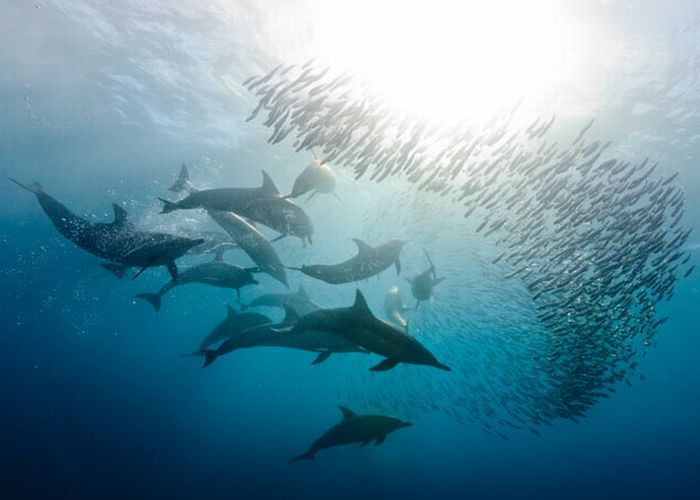|
|
Sardines Dance
|
Until the discovery of oil fields in the fishing areas, sardine canning was the main activity of the city of Stavanger. Today, only a sardine museum remains among the refineries in Stavanger.
• Peru
Peru has a long history of direct human consumption of Engraulis ringens and other sardines, reaching into ancient cultures, including Chimú culture, Paracas culture, Pachacamac, and most importantly the oldest known civilization in the Americas, the Caral-Supe civilization, which was based almost completely on E. ringens consumption. Nonetheless, since the 1950s the overwhelming destination for captured E. ringens (anchoveta or Peruvian sardine) has been as the principal input for reduction fishery in the production of fishmeal and fish oil, with miniscule quantities destined for direct human consumption. Due to a combination of environmental and regulatory effects, since 2000, the Peruvian catch has ranged from 9.58 million metric tons (MT) to a low of 5.35 million MT, with the reported 2009 catch concluding at 5.35 million MT. E. ringens - Catch 2000-2009 (Spanish) In recent years, direct human consumption (local and for export) has reached approximately 110,000 MT (about 2% of catch) due to evangelical promotion of health, environmental, and economic benefits, such as Mistura 2010, coupled with government and NGO activities, e.g. www.anchoveta.info, and private sector offers from local supermarkets.
|
|









